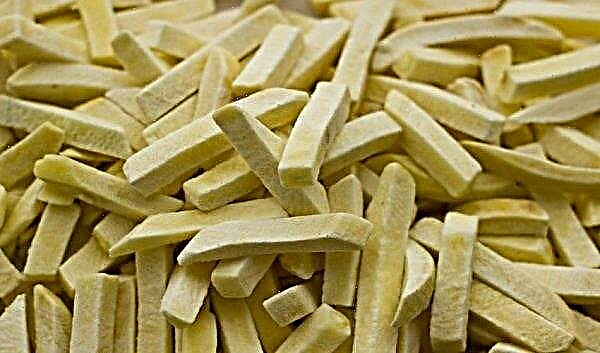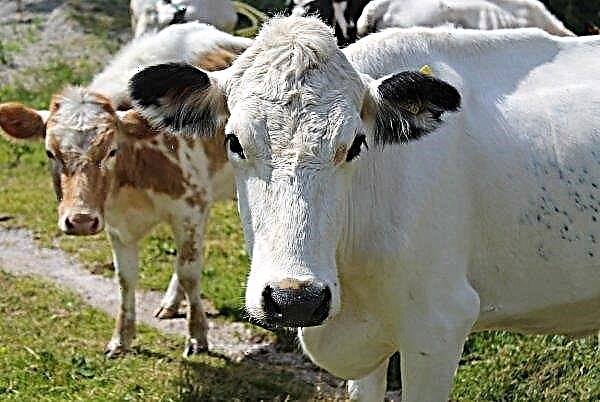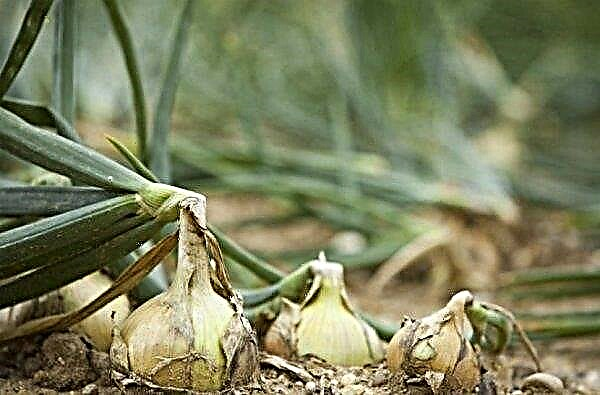Well-groomed green lawns nicely fit into any landscape design and are one of the factors affecting the price of real estate for sale. However, not all gardeners manage to maintain a uniform density of lawn stands. Why grass on the plot does not grow well, does not grow or thins, and what to do in such cases is further in the article.
Reasons for uneven lawn growth
The formation of grass bunches on the lawn may be due to various reasons. The main ones lie in improper land preparation on the site or in violation of the recommendations for sowing seeds. Therefore, to prevent uneven growth of lawn crops, it is necessary to act at the stage of laying the green lawn, taking into account the agrotechnical foundations of this process.
Did you know? A 200 m² lawn may well produce enough oxygen for a family of four.
According to experts, unattractive bald spots instead of a lush grass lawn appear when:
- The earth is poorly prepared. It is important that the seeds are thoroughly dug up and the rake loosened before the seeds are sown. Otherwise, the seed will slide under the remaining lumps, as a result of which it will rise unevenly, forming bunches.

- Grass mixture sown with violations of agricultural regulations. In particular, we are talking about careless and uneven spreading of seed, when when laying the lawn in one place an accumulation of many seeds formed, and in the other they were missed. For successful landscaping it is better to use a special seeder. But even with its absence, it is possible to achieve an even distribution of grains using improvised means. For example, a plastic bottle or a can. Experienced gardeners are advised to make holes at the bottom of the seed-filled container and to distribute planting material in circular motions over the area of the prepared site.
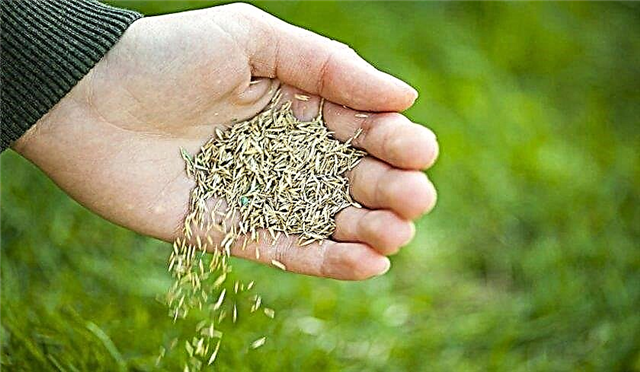
- Grass was sown in windy weather. Often, even light gusts of air masses sweep away planting material, as a result of which the seedlings grow unevenly, forming bald spots.

- Grains are excessively deep when sowing. In such cases, sprouting, they abut against compacted earthen plots and, bending around them, stray into dense bunches.

- The weak shoots were watered with a strong stream of water. After sowing, lawn grass is irrigated exclusively with drip plants or by sprinkling. Otherwise, the grains are washed out of the soil, accumulating in bunches, and young sprouts break.
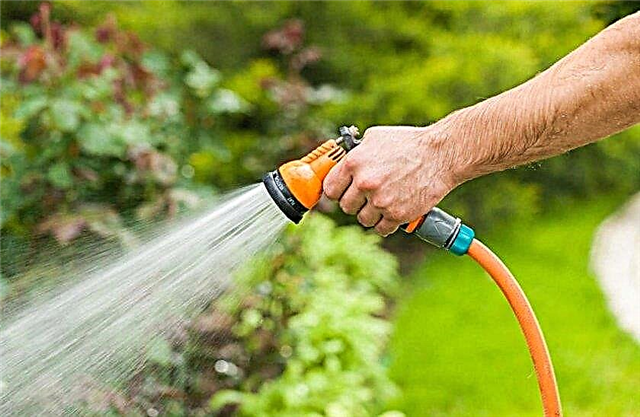
- An illiterate fertilizer of the site was produced. An unlimited amount of nitrogen-containing substances contributes to the intensive development of green mass. As a result, the young shoots grow rapidly, forming an untidy appearance with thickening areas. But the lack of phosphorus necessarily affects the growth of grass. This is especially noticeable on a mowed lawn, when young stems cannot break through the “felt” layer of the remaining hay. Also, plants on the lawn do not grow well with zinc deficiency, the amount of which depends on the acidity of the soil. Optimum pH values should be in the range of 5.5–6.5.
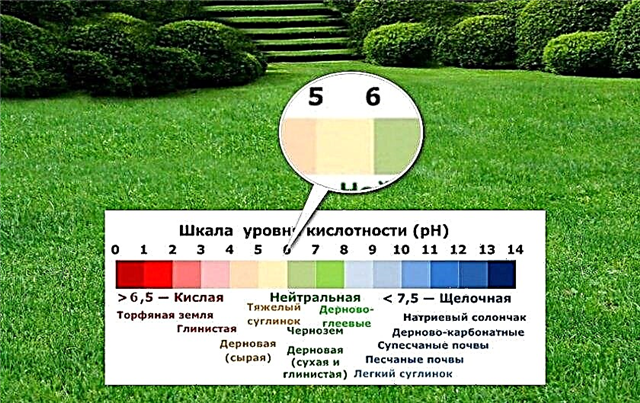
- The lawn is mowed incorrectly. Some types of grasses (for example, field grass) do not tolerate frequent and low mowing. If your lawnmower knives are too low on grass mix lawns, these crops are sure to hurt. Such errors in the care are fraught with a significant thinning of the green carpet.
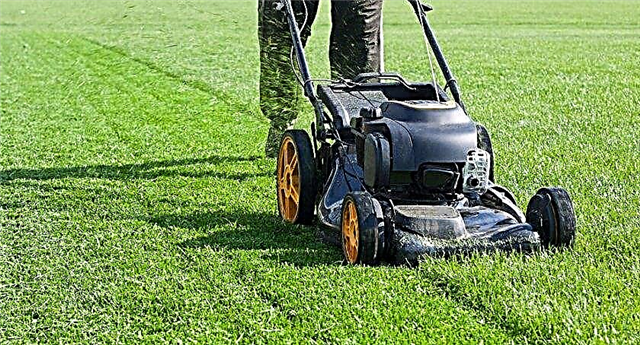
- Plot infected pathogens or pests.
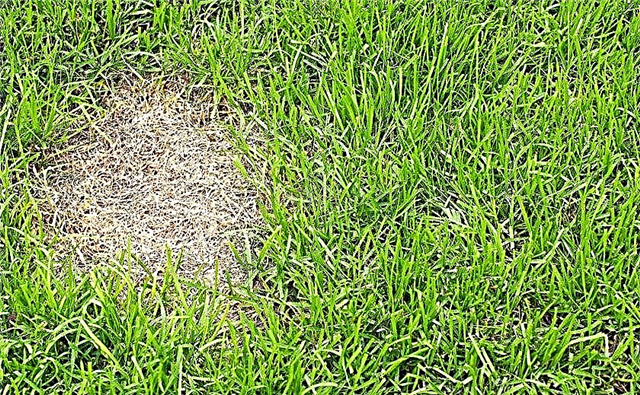
In addition, when planning a green lawn, it is important to pay attention to the biological characteristics of plants. After all, some of them (for example, meadow fescue) initially rise and develop in bunches. Therefore, even with the correct laying of the lawn and care for it, it is impossible to achieve a uniform silky carpet with such crops.
Important! When buying planting material for a future lawn, choose herbs with increased frost resistance and keep in mind that monocultures are more oriented towards professional care.
What to do if lawn grass grows in bunches
The basics of a beautiful grass cover begin with a meticulous preparation of the site planned for landscaping, a careful selection of seeds, sowing and regular seedling care. Mistakes made at these stages, as a rule, lead to the fact that the grass ceases to grow, thins, loses its juiciness, becomes excessively thick and stiff.
Rules for sowing and caring for lawn grass
The emergence of shoots on the lawn is always preceded by the preparation of the substrate. The density and growth of plants depends on its quality and structure. Site preparation is relevant a month before the planned seeding. It is better to carry out these works in early autumn, as experienced gardeners strongly advise against laying a lawn in summer and spring. According to them, in the first ten days of September the soil is already wet enough for the germination of grains and there is no risk of freezing.
Initially, it is important to clean the area from unnecessary vegetation, debris, stumps and stones. In the case of a strong growth of weeds, soil treatment (possibly reusable) by herbicides is required. According to experts, for such purposes, selective type of action drugs are preferred (Propolol, Lazurite, Zencor, Lontrel).Important! Tamping the site under the lawn is categorically contraindicated on moist soil, because weak grass stalks will not be able to break through the tight earthen crust formed after drying.

After the complete death of weeds on the site, it is necessary to conduct a deep digging and leveling of the soil with a rake. It is important to remove the remains of the rhizomes of the previous vegetation and the formed earth lumps.
Landscaping projects are never made from weeds. The point is the different stiffness of the stems, their heterogeneity, as well as the timing of flowering. Therefore, for a home lawn, it is advisable to acquire purchased grass mixtures or independently prepare them, focusing on the characteristics of the combined components.
Be sure to pay attention to the availability of international certificates when buying grains. They are a sign of product quality. Also check the compliance of the grass with the climatic conditions of your region and do not forget about its requirements for soil composition, lighting, humidity. It is important to take into account the intensity of the load on the lawn. So that the soil on the site is even and homogeneous, it is recommended to ram it with a roller, weighing 50-100 kg. The procedure is carried out immediately before sowing in dry weather. It is better to root the seed in sunny calm weather using a seeder or manually. However, keep in mind that the second method increases the risks of heterogeneity of seedlings. Moisturize the soil a few days before sowing. To ensure even distribution of grains and their rational use, mix the seed with river sand in equal parts. Go seeder first along, and then across the site.
So that the soil on the site is even and homogeneous, it is recommended to ram it with a roller, weighing 50-100 kg. The procedure is carried out immediately before sowing in dry weather. It is better to root the seed in sunny calm weather using a seeder or manually. However, keep in mind that the second method increases the risks of heterogeneity of seedlings. Moisturize the soil a few days before sowing. To ensure even distribution of grains and their rational use, mix the seed with river sand in equal parts. Go seeder first along, and then across the site.Did you know? Lawns in the local area are able to lower the air temperature by + 10 ° С.
If the area is large, it is advisable to conditionally divide it into squares. After the seeds are sown, they are sealed with a rake in the soil to a depth of not more than 2 cm. The top is re-compacted with a roller, after which they are mulched with a layer of top peat, up to 1.5 cm thick. Strong water jet units are categorically undesirable during this period. 
If the seedlings are uneven, they can be sown. The exposed areas are again dug up, leveled, sowed and covered for several days with any non-woven material. This is done so that the late shoots catch up with the early ones.
In winter, it is important to protect the sown area from the formation of paths, and throughout the growing season - from weeds. If the grass has stopped growing or is developing poorly initially, try to adjust the environment of the substrate and improve its composition. Acidic soils are leached with lime (150–300 g / m²). And as a top dressing at the beginning of the growing season, nitrogen-containing substances are introduced. Winter-hardy sowing qualities are stimulated using potassium-phosphorus compounds, the introduction of which is relevant in early September.
The grass can also outgrow, form peduncles or achenes, which also violate the uniformity of the cover. Therefore, it is recommended that all crops, with the exception of flowering ones, be cut, controlling the constant height of the grass cover at the level of 3-4 cm.
Diseases and Pests
Violate the uniformity of planting density can also pests, which are often precursors of plant diseases. For example, the appearance of worms, moles, shrews, caterpillars, slugs and other pests is always evident from the traces of life. To get rid of unexpected insects and rodents, experienced gardeners advise the use of contact-systemic insecticides ("Aktara", "Aktellik").
In case of detecting signs of the disease (fusarium, rust, powdery mildew, red thread), fungicides are used (Skor, Fundazol). It is important to treat with the mentioned preparations in dry, calm weather in the morning or evening, observing the rules of personal safety. In case of parasitic diseases (mosses, fungi, lichens), liming of the area and its cleaning from organic residues is important.
Properly looked after lawns are characterized by uniform growth and a neat appearance. But you need to make an effort, because the maintenance of a beautiful lawn is always troublesome. It is easier to prevent the problem, so it is important to pay sufficient attention to preparing the site, sowing seeds and caring for seedlings.










